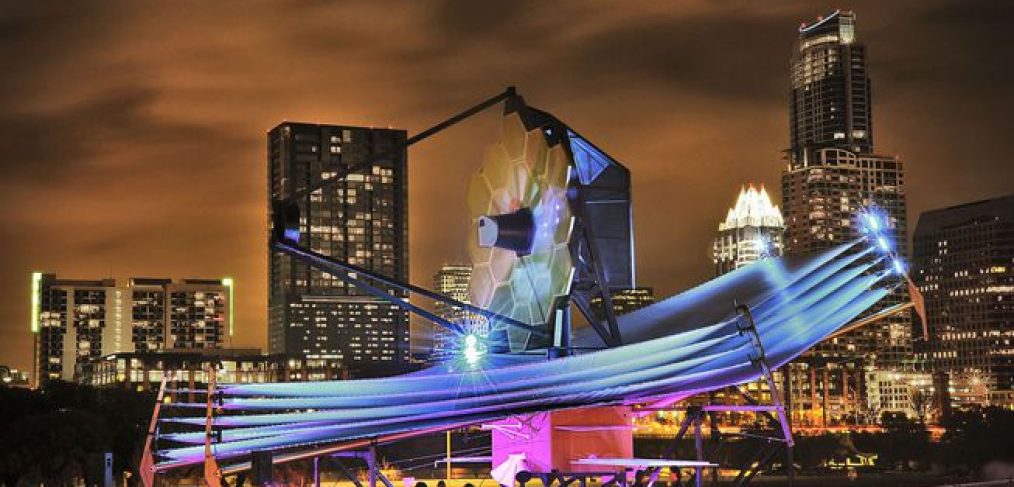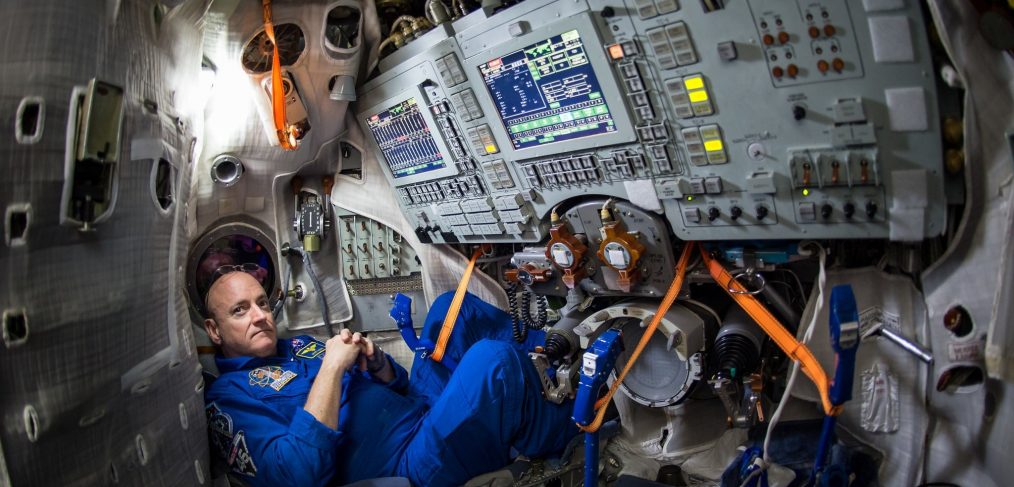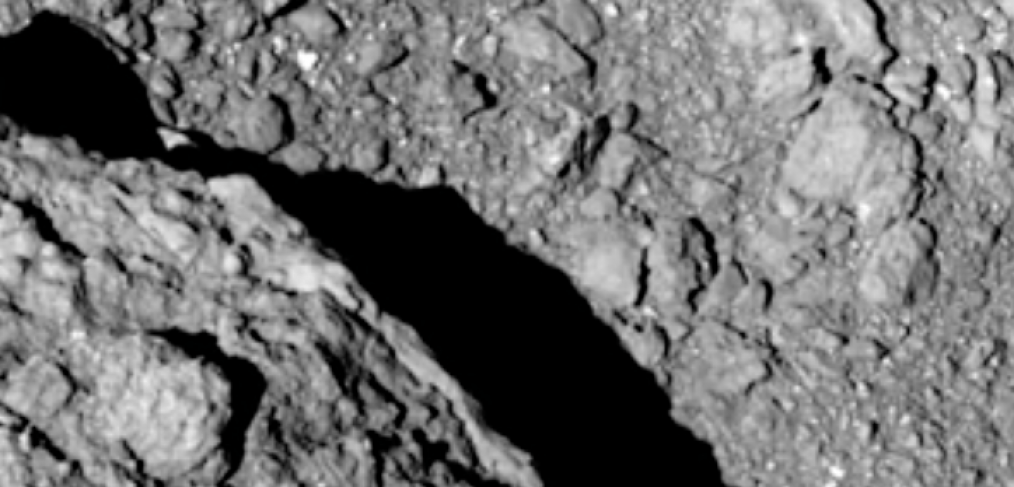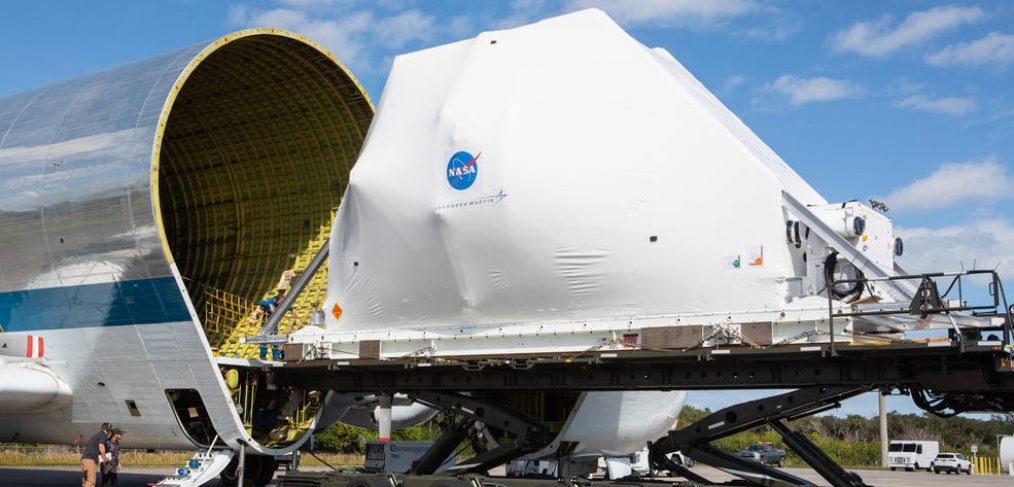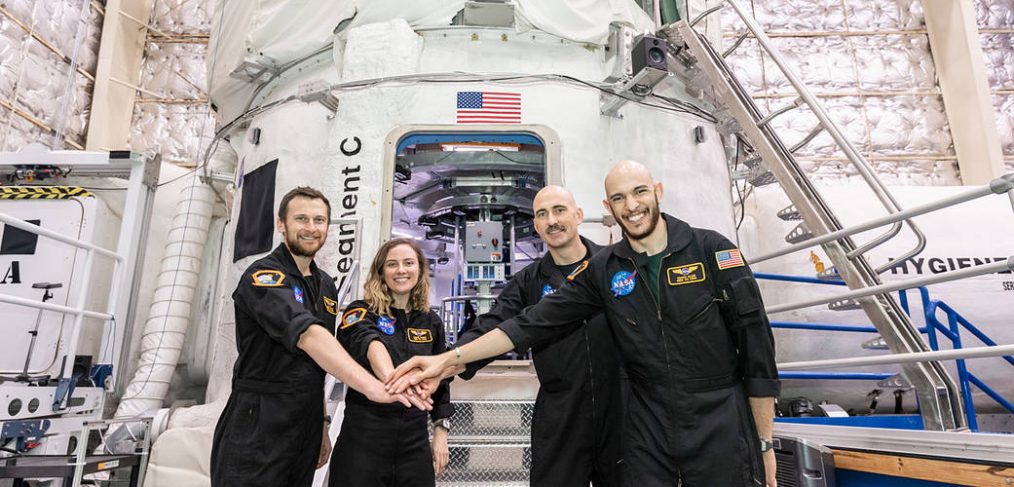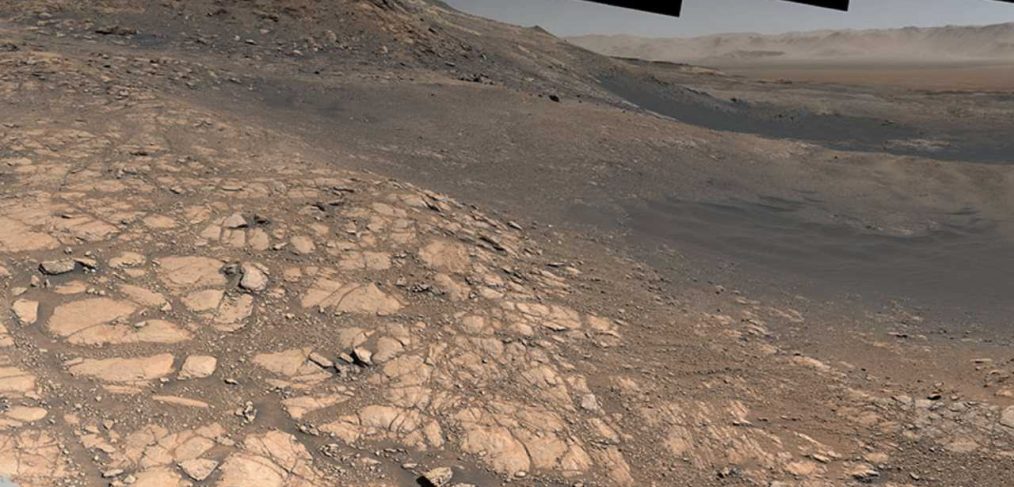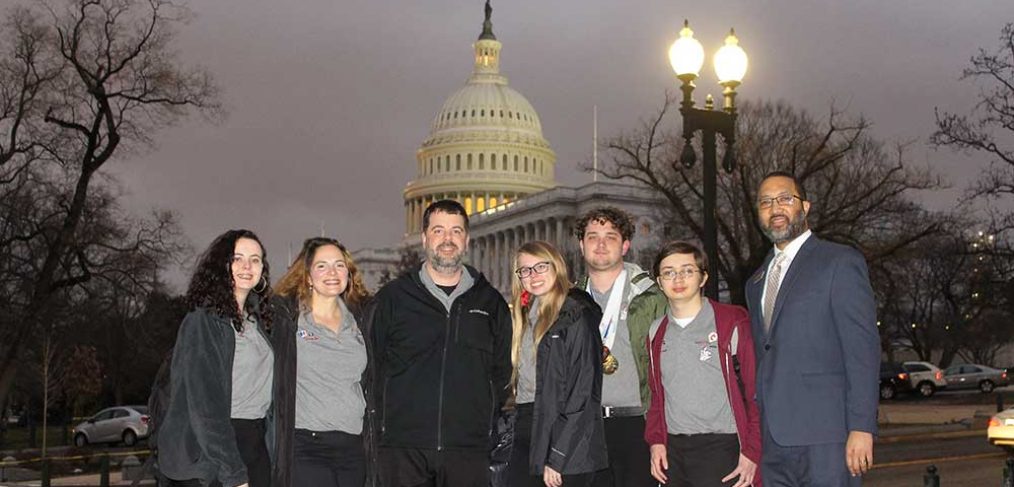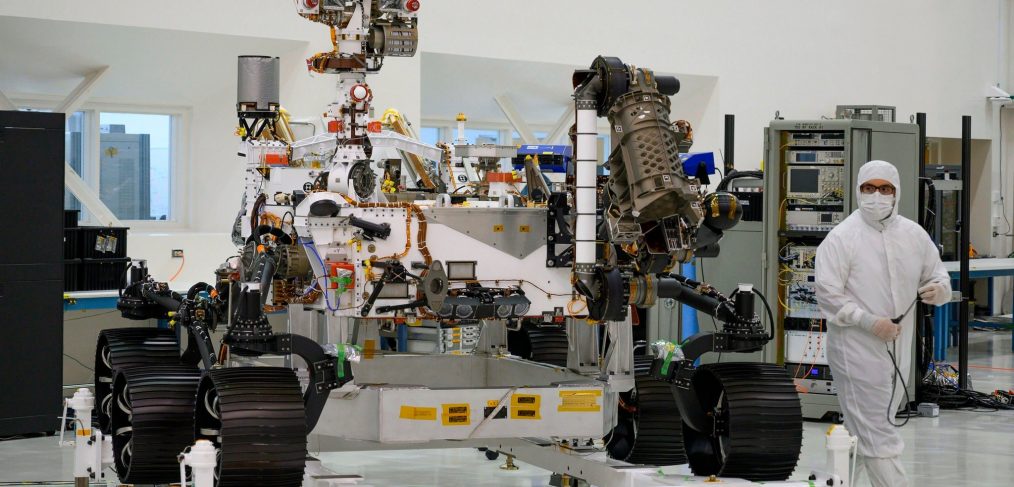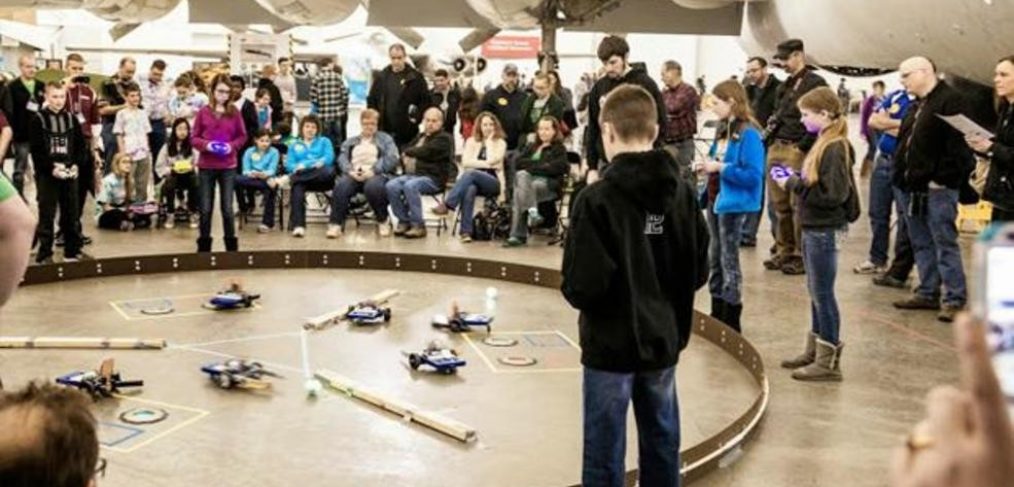Many scientists believe there’s another planet like Earth somewhere in the universe, and the search to find it is about to begin.
The James Webb Space Telescope (JWST) will be more powerful than its predecessors and will be able to see further into space to discover distant planets in far-off galaxies. It will even give us the tools to search for indications of an atmosphere that could sustain life. It’s currently scheduled to launch into space on March 30, 2021.
There are certainly larger Earth-bound telescopes, but as its name implies, the JWST will roam above the atmosphere, providing more powerful unobstructed views of the heavens than even the historic Hubble Space Telescope could offer. Funded by NASA in conjunction with the European Space Agency (ESA) and the Canadian Space Agency (CSA), the infrared Webb telescope weighs 6 metric tons and will orbit 1.5 million kilometers from Earth. It boasts many new technological advances, including a deployable sunshield and a folding segmented mirror.
📸: Chris Gunn, #NASA


